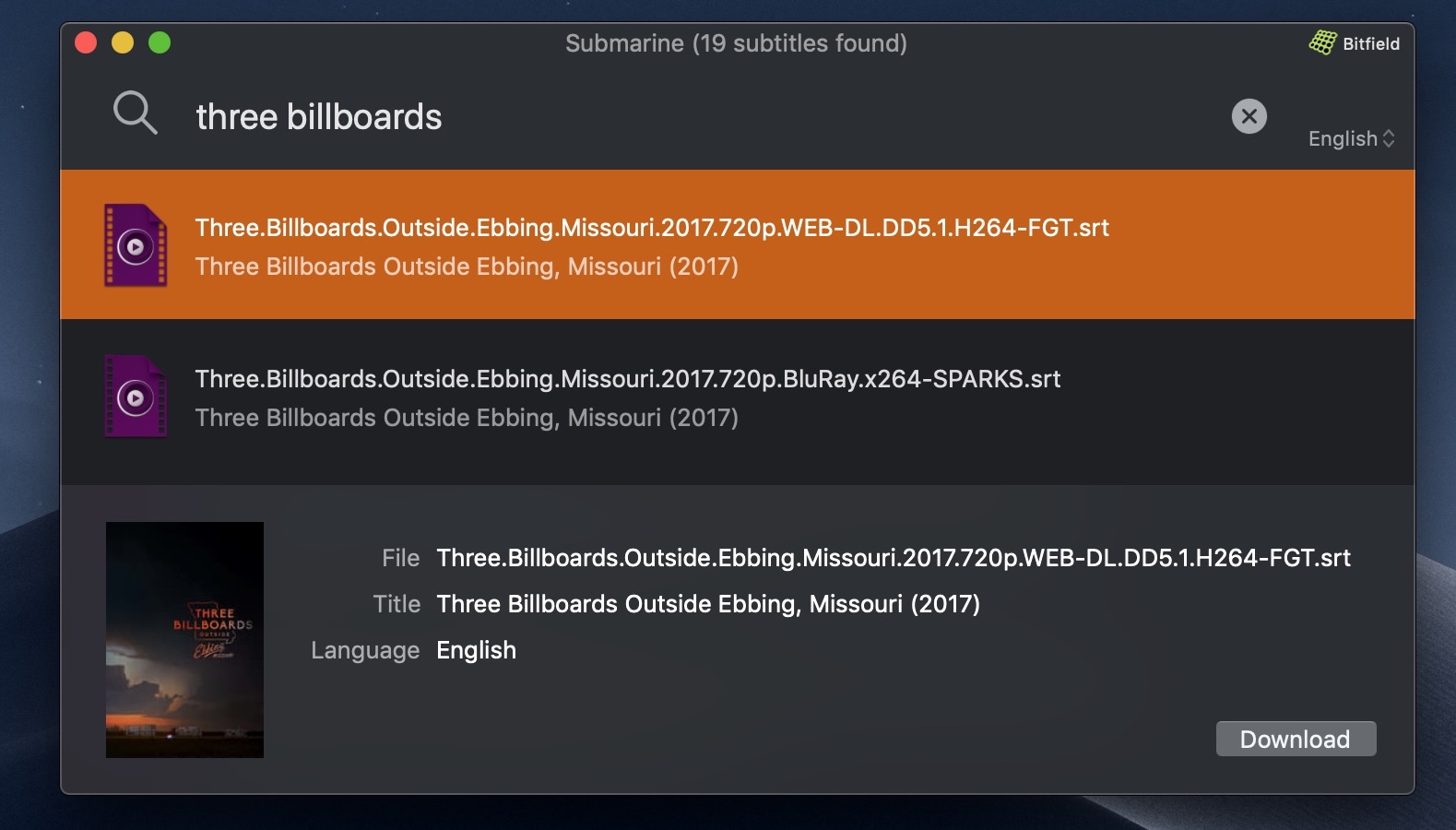

Data was collected through a demographic questionnaire, the Plurilingual and Pluricultural Identity Questionnaire (PPIQ) and the Plurilingual and Pluricultural Competence (PPC) scale. This article presents results of a mixed methods study with 250 plurilingual participants in the multilingual city of Montreal, Canada. Questions such as Why do some people identify as plurilingual and pluricultural while others do not? and What factors contribute to high levels of plurilingual and pluricultural competence (PPC)? remain unknown. Implications for EAL education in multilingual contexts like Canada are discussed.Īs plurilingual/multilingual research advances, factors that contribute to or hinder individual’s flexible language use are still underexplored. Further, (2) participants perceived plurilingual strategies as useful for supporting English language development, fostering positive learning experience and conceptual links however, they noted challenges pertaining to the monolingual posture of EAL instruction, to English oral production, and to the feasibility of plurilingual pedagogies. Results show that (1) participants regularly engaged in plurilingual practices including translation, translanguaging, and crosslinguistic comparisons during the tutoring sessions. The study asked (1) What plurilingual strategies do EAL tutors and tutees use to teach and learn English from each other? (2) What are their perceptions of the affordances and challenges of these plurilingual strategies? Data from an observation grid, fieldnotes, and semistructured interviews were analyzed deductively and inductively, and merged for convergence analysis. To further inform the practice of plurilingual pedagogies, this paper reports on results of a convergent mixed methods study that investigated the plurilingual learning strategies of 20 adult English as an additional language (EAL) student tutors and tutees in a Francophone college in Montréal.

Yet, monolingual language instruction remains the standard: students are often discouraged from using their additional languages and teaching materials still lack a plurilingual lens. Canadian multilingualism and multiculturalism are on the rise.


 0 kommentar(er)
0 kommentar(er)
